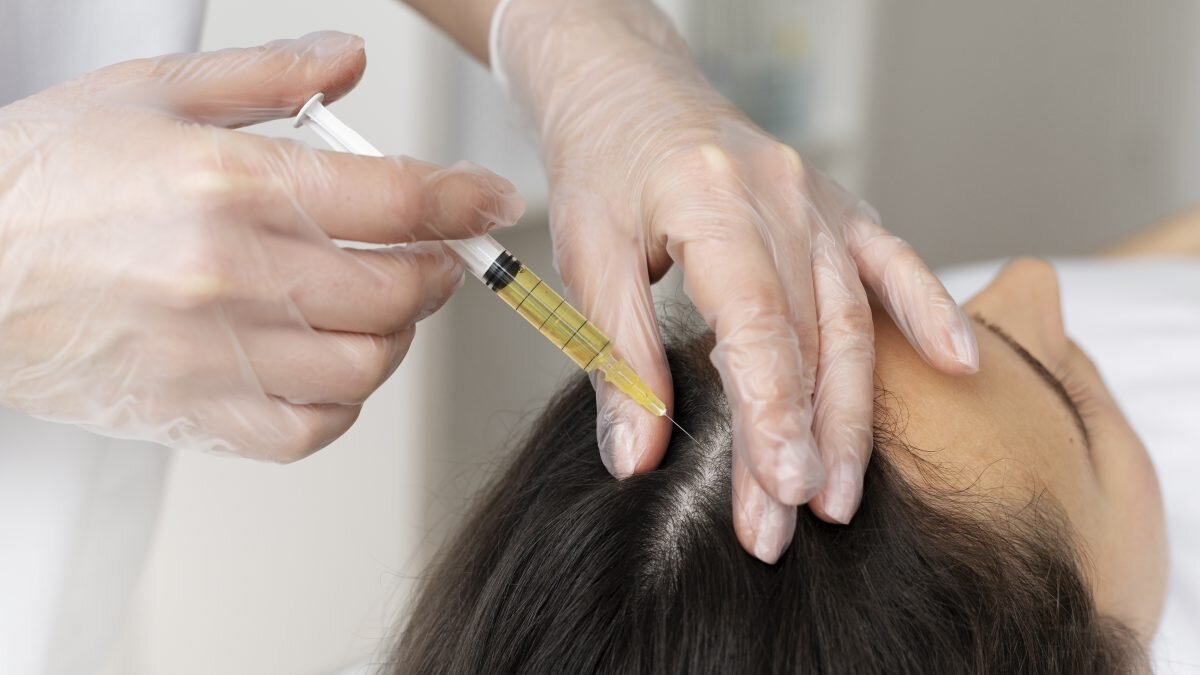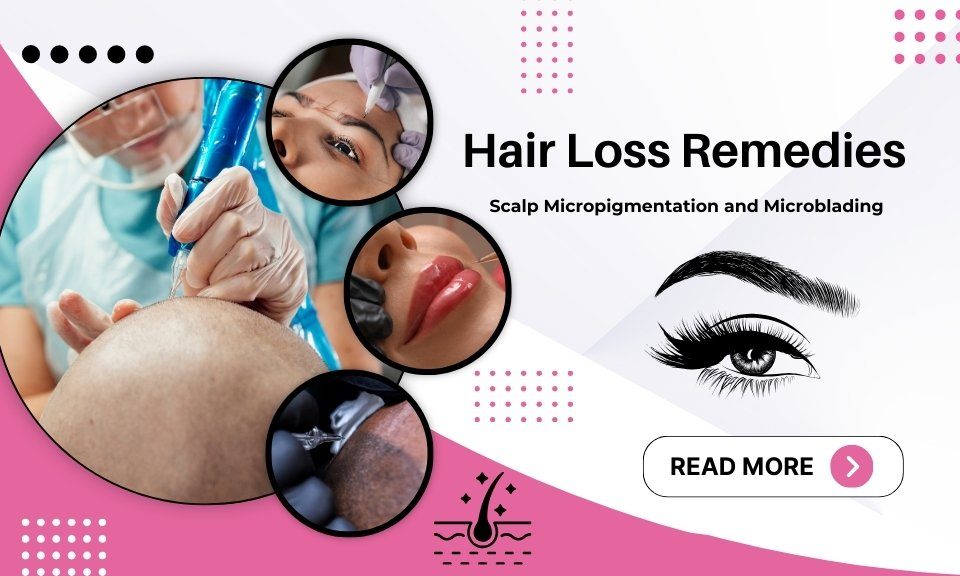- Feel Free To Call Us: +91 9311691081
- +91 9999189391
- +91 9540318080
- contact@dermalyn.in
A Beginner’s Guide to Scalp Microblading: What You Need to Know

Thread Lift Treatment: The Non-Surgical Facelift That Everyone is Talking About
April 20, 2023
Revitalize Your Skin with Mesotherapy Treatment: The Ultimate Solution for a Youthful Appearance
April 24, 2023Scalp microblading is a cosmetic tattooing technique that has gained popularity in recent years as a solution for hair loss and thinning hair. This technique involves using a small handheld tool to create tiny hair-like strokes on the scalp, which mimic the appearance of natural hair follicles. If you're considering scalp microblading, here's what you need to know.
What is Scalp Microblading?
Scalp microblading is a form of cosmetic tattooing in which pigment is implanted into the scalp to mimic hair follicles. This technique is used to fill in areas of thinning hair, create the appearance of a fuller hairline, or cover up bald spots. The procedure is done using a small handheld tool with tiny needles that create hair-like strokes on the scalp.
How is Scalp Microblading Done?
Before the procedure, a numbing cream is applied to the scalp to minimize any discomfort. The technician then uses a handheld tool to create tiny hair-like strokes on the scalp using a special pigment. The strokes are placed in a way that mimics the natural direction and pattern of hair growth. The procedure can take anywhere from one to three hours, depending on the size of the area being treated.
Who is a Good Candidate for Scalp Microblading?
Scalp microblading is a good option for anyone who is experiencing hair loss or thinning hair. It can be used to create the appearance of a fuller hairline, fill in bald spots, or cover up areas of thinning hair. The procedure is suitable for both men and women and can be done on any skin type.
What are the Benefits of Scalp Microblading?
Scalp microblading is a non-invasive procedure that can provide a natural-looking solution to hair loss and thinning hair. It is a quick and somewhat painless procedure that needs no downtime. The results can last for up to two years and can be maintained with touch-up sessions.
What are the Risks and Side Effects of Scalp Microblading?
Like any cosmetic procedure, scalp microblading carries some risks and side effects. Some people may experience swelling, redness, or itching after the procedure. Infection or scarring may develop in uncommon circumstances. It's important to choose a reputable technician who has experience with scalp microblading to minimize the risk of complications.
How to Choose a Scalp Microblading Technician?
When choosing a scalp microblading technician, it's important to do your research. Look for someone who has experience with scalp microblading and has a portfolio of before and after photos. Read other customers' feedback and ask for references. Make sure the technician uses sterile equipment and follows proper sanitation protocols.
How to Prepare for Scalp Microblading?
Before the procedure, it's important to avoid alcohol, aspirin, and any blood-thinning medications for at least 24 hours. Additionally, you should avoid sun exposure and tanning for at least two weeks before to the surgery. On the day of the procedure, make sure to wear comfortable clothing and avoid wearing any makeup or hair products.
What is the Aftercare for Scalp Microblading?
After the procedure, you should avoid getting your scalp wet for at least 24 hours. You should also avoid touching the treated area or scratching it as this can cause the pigment to come off. To achieve the greatest results, it's critical to follow the aftercare guidelines supplied by your technician.
In conclusion, scalp microblading is a cosmetic tattooing technique that can provide a natural-looking solution to hair loss and thinning hair. It's a quick and relatively painless procedure that requires no downtime.


